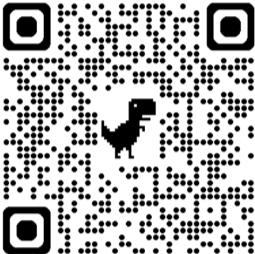Elements and Principles of Design Crossword
This will help you get an understanding of the color wheel and terms used in the element and principle of design.
Create multiple-choice games on Wisc-Online and play them on our Chakalaka mobile app!
But that's not all! Explore educational games created by others. Simply search by category or enter agame code number and dive into a world of learning and fun.
Download the Chakalaka mobile app here:

Topics of this game:
- Clothing or garments.
- The school that you attend.
- A color scheme that uses various shades, tints, and tones of a single color.
- A color scheme that consists of colors that are next to each other on the color wheel (e.g., yellow, yellow-green, green).
- A color scheme that uses three colors that are evenly spaced around the color wheel, such as red, yellow, and blue.
- A color scheme that involves two colors that are opposite each other on the color wheel, such as red and green.
- Colors that are muted and often found in nature, such as black, white, gray, beige, and brown.
- A color scheme where neutral colors dominate, but a small amount of another color is used as an accent for emphasis.
- Refers to lines that run up and down. In fashion design, vertical lines can create an elongating and slimming effect.
- Lines that are slanted. Diagonal lines in design suggest movement and dynamism.
- Lines that run from side to side (left to right). In fashion design, horizontal lines can create a widening effect, making areas of the body appear br
- Lines that smoothly bend. Curved lines in design create softness and a relaxed or natural look.
- The distribution of visual weight in a design. Balance can be symmetrical, asymmetrical, or radial.
- The relationship between the size of different elements in a design, ensuring that they fit together in a pleasing or logical way.
- In design, rhythm refers to the repetition of elements (lines, shapes, colors, textures) that create a sense of movement or flow in a composition.
- The repeated use of certain elements, such as color or pattern, to create consistency and unity in design.
- When all the elements of a design work together to create a cohesive and harmonious look.
User comments are currently unavailable. We apologize for the inconvenience and are working to restore this feature as soon as possible.

